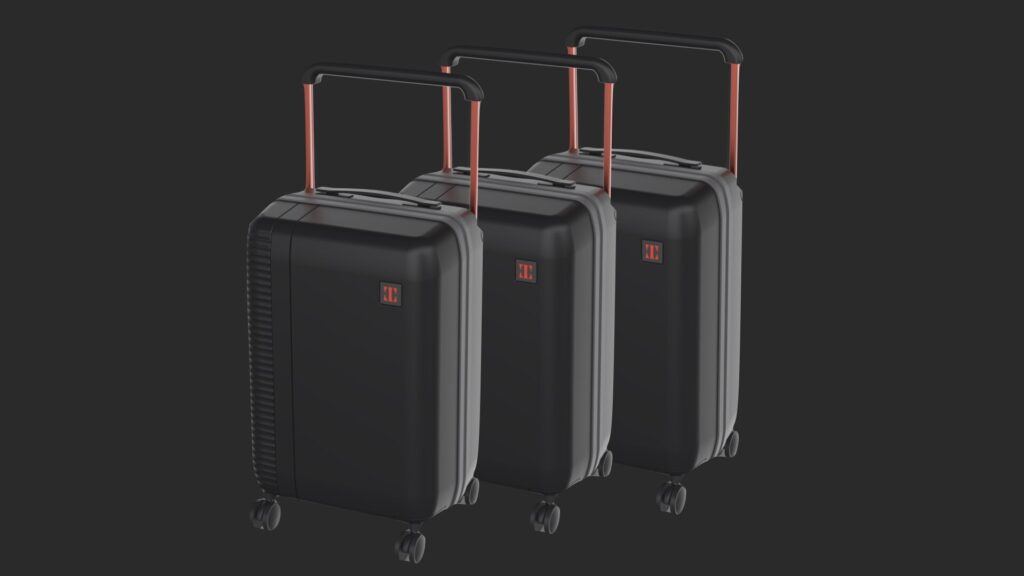The beauty utility balance, Why great products need both consistently.

Two Sides of the Same Coin
Modern product design treats user-centric functionality and aesthetics as inseparable. A product must not only work flawlessly but also connect emotionally with users. At Ticket Design, we see form and function as complementary forces rather than competing priorities.
As Nishma Pandit, Co-founder and Principal Designer, puts it, “If we can make a product look elegant and appropriate for its context while it works flawlessly, it’s a win-win for users and the business.” The best products deliver both sensory delight and practical value, elevating the experience for people who use them.
The Evolving Importance of Aesthetics
Client perspectives on aesthetics have changed dramatically. Once seen as risky or merely ‘nice to have,’ aesthetics are now a key differentiator..
- Established brands once leaned on utilitarian safety but are increasingly turning to design as a lever to protect and grow reputation.
- Younger brands are bold and experimental, using aesthetics to break through clutter and capture attention.
This reflects what’s often called the design ladder: moving from surface styling to embedding design into strategy and user experience. Aesthetic quality today is not superficial — it directly influences usability, customer satisfaction, and ultimately profitability.
As Krishnali, a member of our design team, notes, “Every product needs different proportions of function and style, and it depends on many factors, the scenario of use, the user’s background and age, the brand’s market position, and even the materials available“
Form vs. Function: Finding the Symbiosis
The classic debate of “form follows function” has shaped design history. But real-world practice shows that form and function are intertwined. Great products don’t prioritize one at the cost of the other; they thrive in balance.
Co-founder Balkrishna (Bala) Mahajan reminds us, “A good test of design is to see how it performs in the hands of the customer.” Usability remains critical, but there’s truth in Buckminister Fuller’s insight that “if it looks good it works better.” Products that look good often feel easier and more intuitive to use, while well-engineered functionality naturally produces elegant forms.
Aryan Kapoor, one of our designers, puts it simply, “We really need to focus on who we’re designing for. Looking at the big picture from the outset guides where the styling should go and how the design fits into the market.”
Case Studies: Where Form Meets Function
Urban Company “Native” Water Purifier
In a market crowded with cluttered products, the Native purifier stood out with a minimalist piano-black and silver finish. Clean lines, subtle LED indicators, and intuitive touch controls gave it sophistication and clarity. Functionally, volumetric dispensing and app integration made it smarter and more usable. Here, elegance and efficiency reinforced one another.
Next-Gen Cabin Luggage (Wide-Handle Design)
A redesigned dual-bar handle spanning the width of the suitcase solved common functional issues, tipping, instability, and wasted packing space. The same innovation created a bold aesthetic identity, signaling sturdiness and modernity at a glance. This is a clear case where solving a problem yielded a signature design feature.
Medical Devices for Patient Care
For infusion pumps and oxygen concentrators, our goal was to humanize technology. Soft edges, calming colors, and approachable interfaces reduced patient anxiety. Meanwhile, clear screens, intuitive alerts, and ergonomic layouts ensured clinical precision. These designs proved that aesthetics in healthcare are not about decoration but about fostering trust and well-being alongside performance.
Design Perspectives: Form or Function First?
Inside our studio, the debate continues.
- Vivek sees functionality as the non-negotiable base with style layered on top.
- Ayush insists on building a bare-bones structure first and letting form emerge.
- Krishnali argues for a contextual balance that shifts with user and brand.
Aryan emphasizes focusing on the end-user from the outset.
The takeaway? There is no single formula. Sometimes function leads and form follows; other times, style pushes us to rethink functionality. What matters is achieving a balance that serves both utility and emotion.
Beyond the Surface, Beyond the Utility
Can form ever override function, or vice versa? In practice, rarely. The real innovation happens when both are elevated together.
At Ticket Design, for redefining aesthetics we are mindful of trends as well as utility. Our core focus is on creating products that delight the senses and solve real problems in equal measure.
That balance, the beauty – utility balance matters more than anything else.